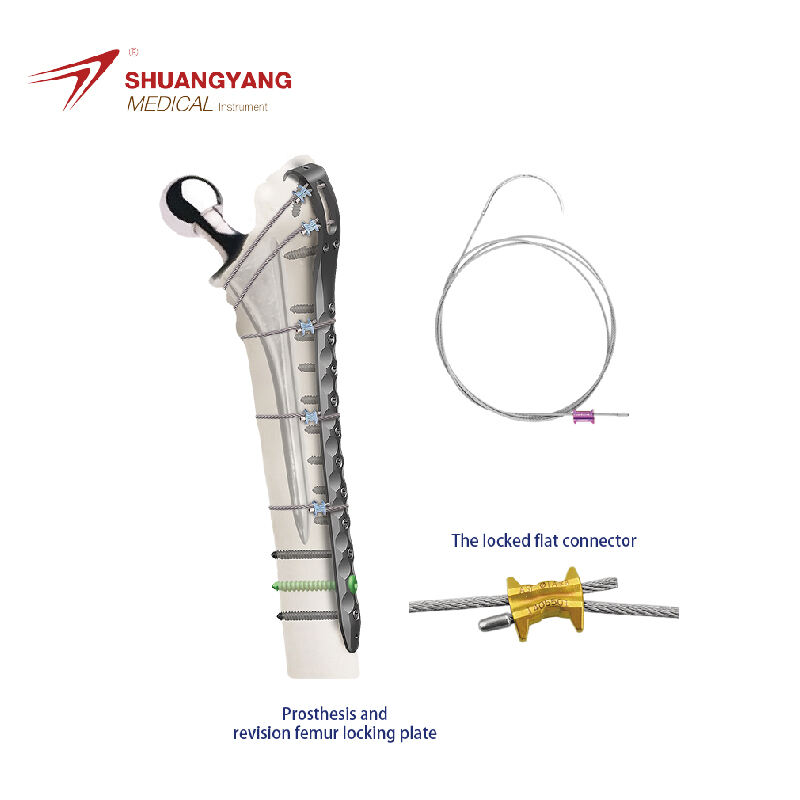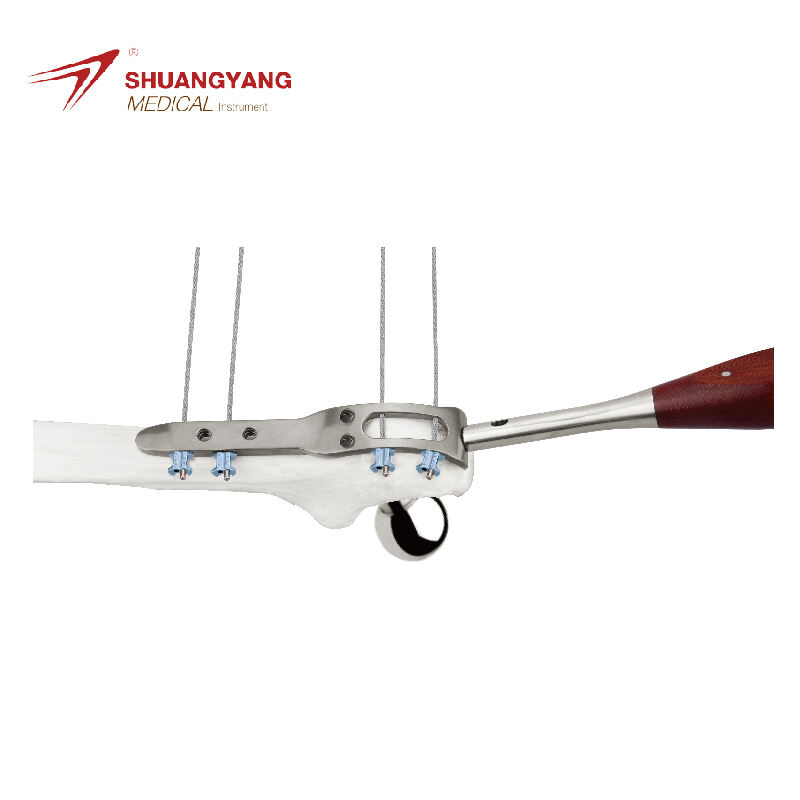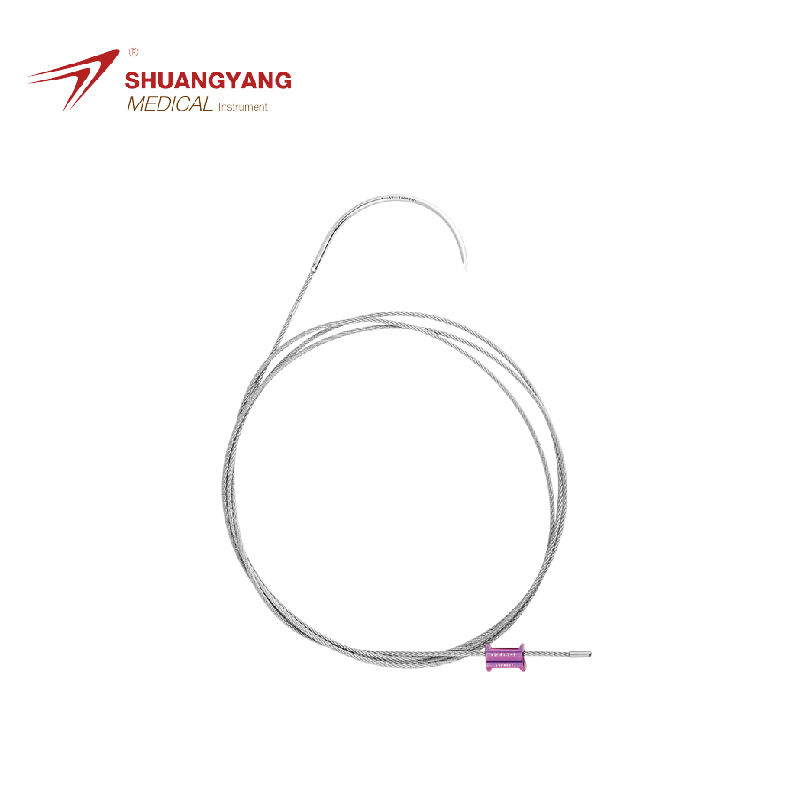pfna nail
The PFNA nail, or Proximal Femoral Nail Antirotation, is a technologically advanced intramedullary nail designed for the fixation of femoral fractures. Its main functions include stabilizing the bone, facilitating proper alignment, and supporting the healing process. The PFNA nail features a unique screw geometry that allows for controlled fracture compression and anti-rotational stability. This is achieved through its spiral blade design, which provides both initial stability and the ability to accommodate biological bone healing. The PFNA nail is used in various applications, including complex fractures and osteoporotic bone conditions, making it a versatile tool in orthopedic surgery.


